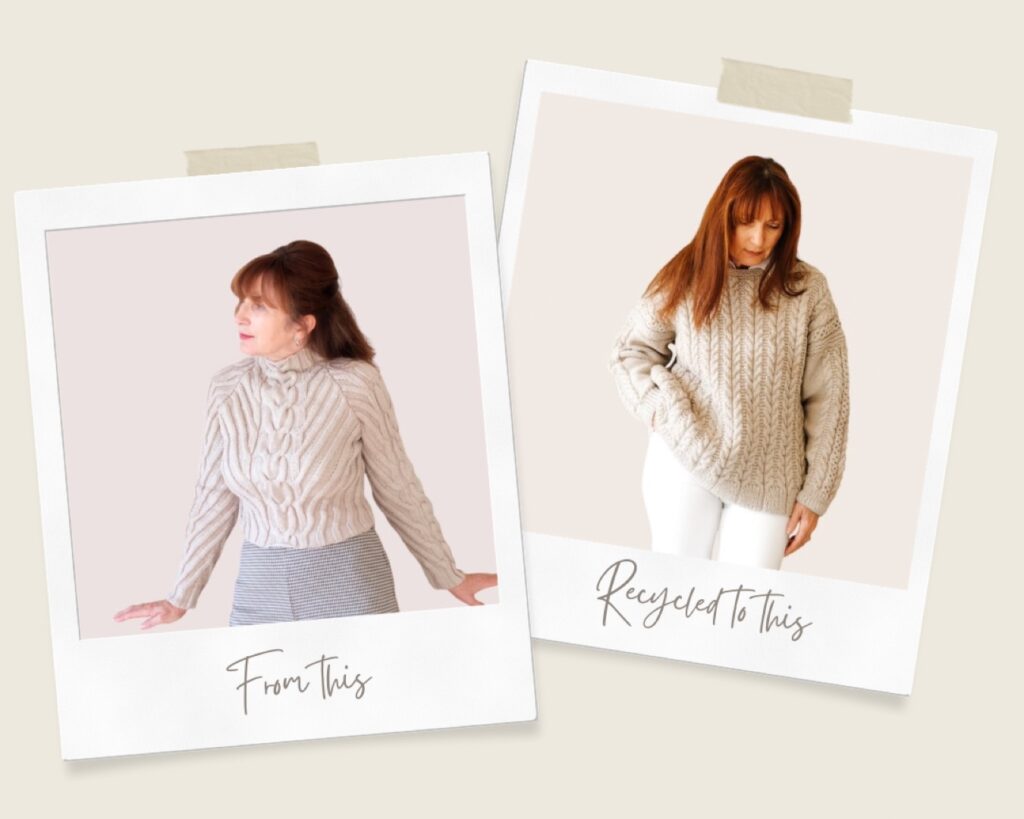
Recycling my Fife sweater into Oban by Thea Colman. We all have knitted items sitting in our wardrobes that we never wear because they no longer fit us, our style has changed or they are now out of fashion.
The wool can be recycled, regardless of whether it’s knitted by hand or machine. Wool (especially designer wool) is an expensive item to purchase, and you can easily expect to spend £60-£130 or more to knit a new project. I have a few discarded sweaters stored away, and so I have decided to unpick and unravel them to make something new.
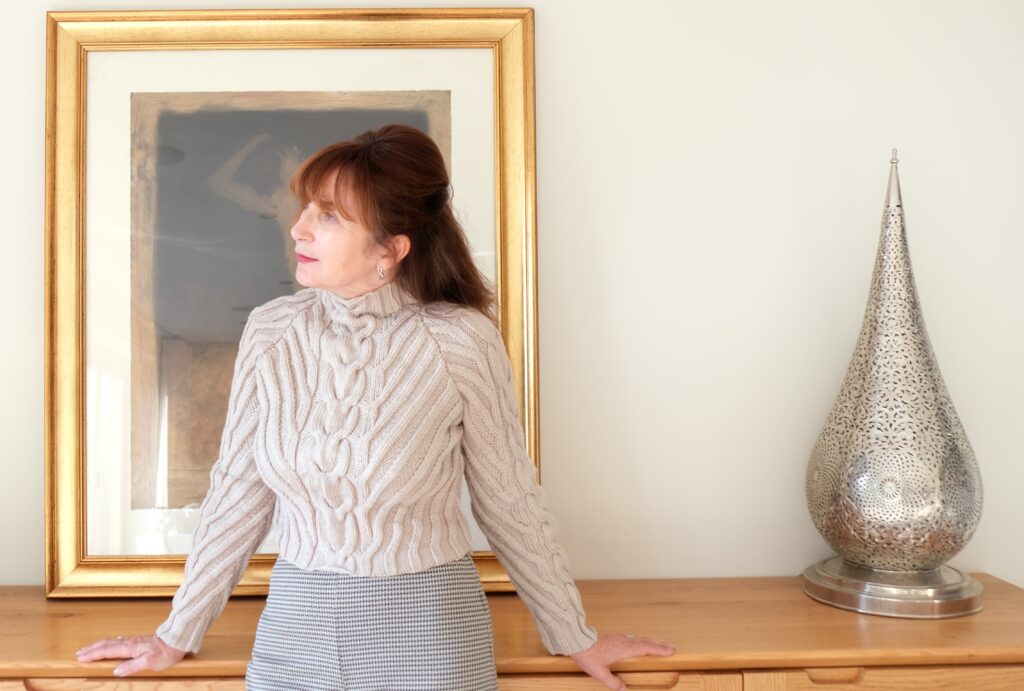
I knitted the Fife sweater by Kim Hargreaves many years ago, having fallen in love with the pattern. Sadly, upon completion, I found it to be too small and short for me. I also substituted the Rowan Magpie yarn for Debbie Bliss Aran wool, and it came out far too heavy and seemed more fitted than the illustration.
It sat in my cupboard (then later packed away in the loft) for what must have been the next 18-20 years! While searching through my stash of wool, I found five more balls that I had never used.
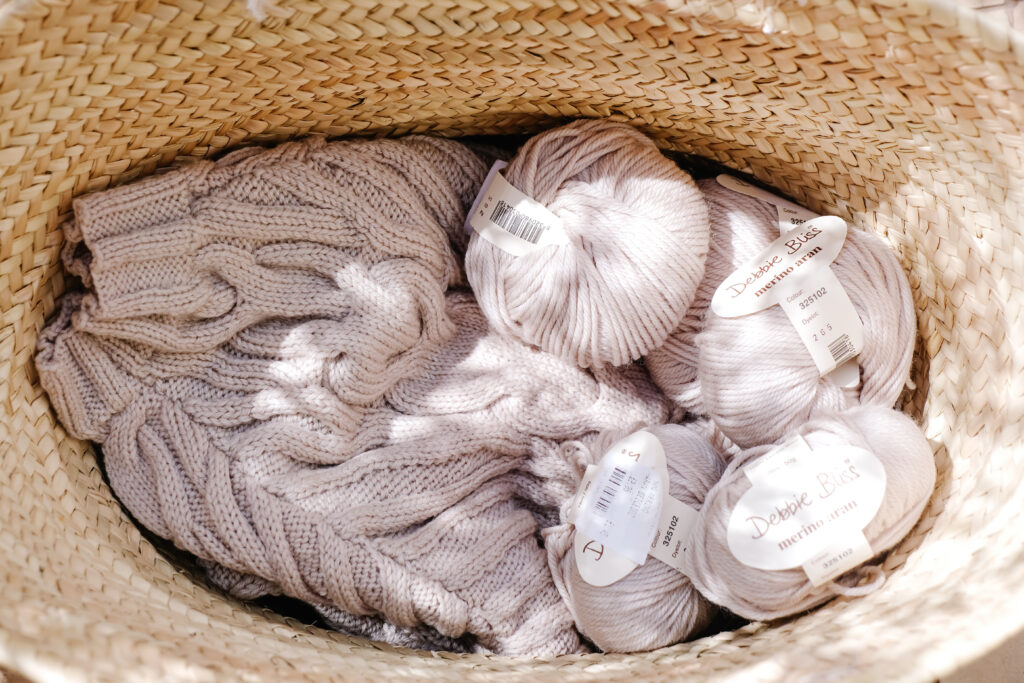
Deconstructing the sweater and preparing the wool
I carefully unpicked the sweater, taking it back to the four original pieces and neckband. To have as much continuous wool as possible when unraveling the sections, it is worth being patient here. If you’re not careful, you can easily cut into the edges when unpicking the joins and end up with unusable amounts of wool.
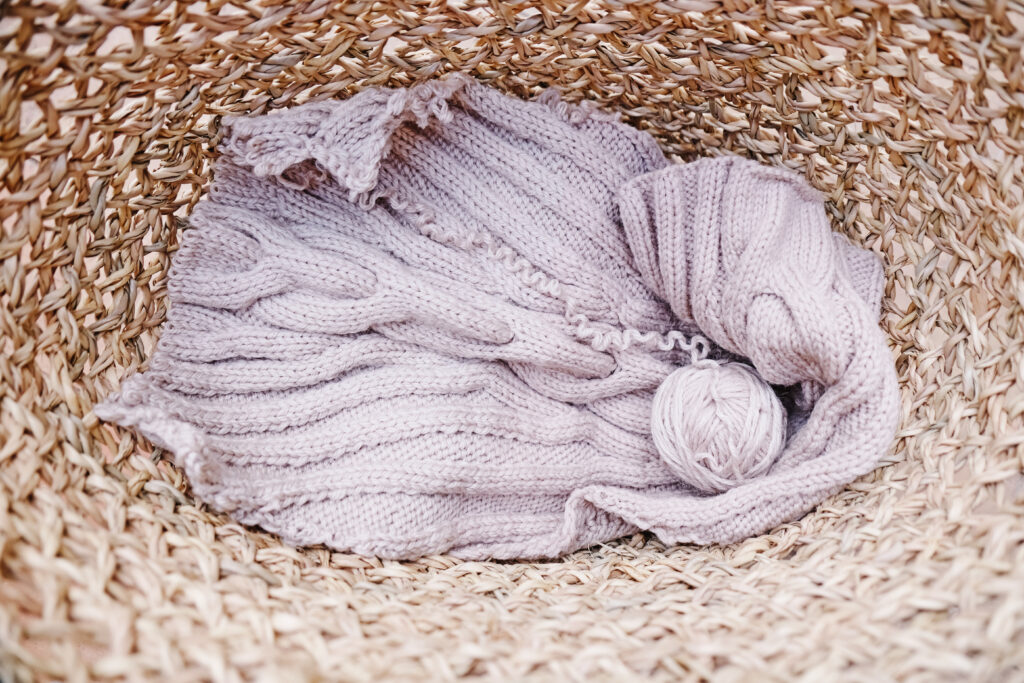
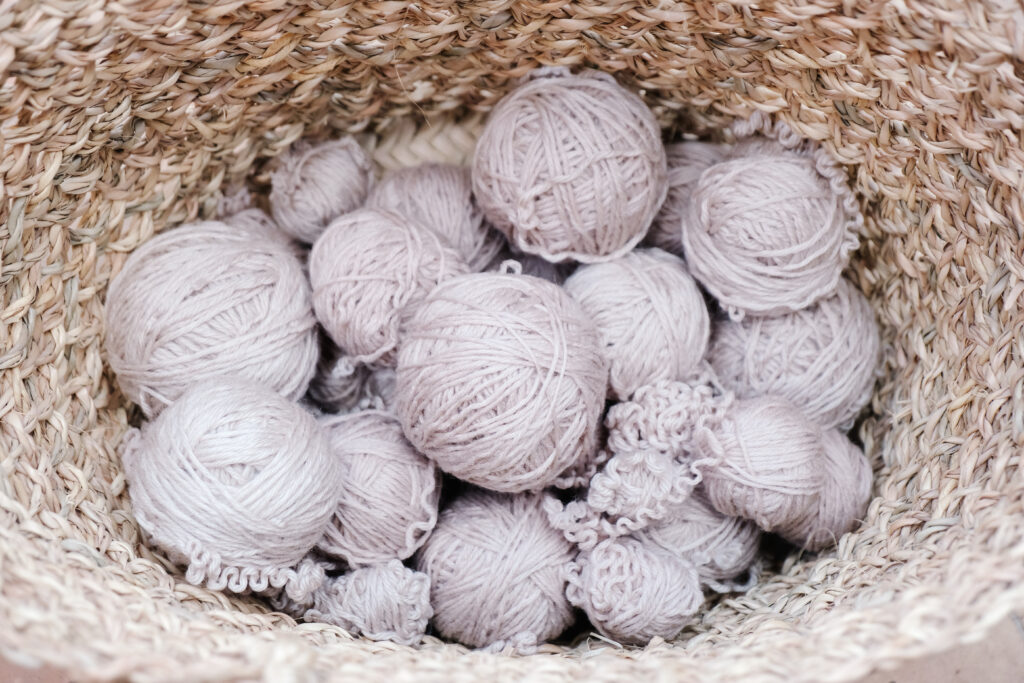
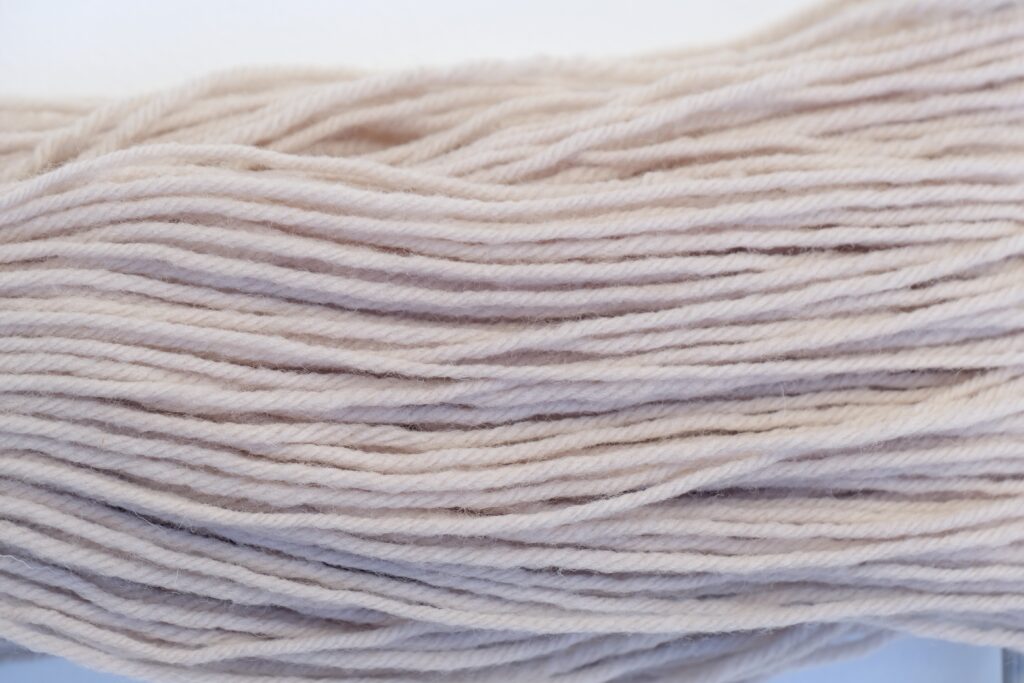
You can read how I did this in my previous blog.
Finding a suitable knitting pattern
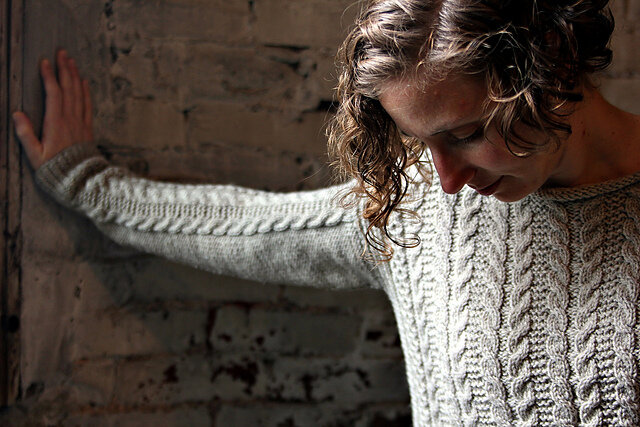
I first looked up how many balls of wall that I had used to knit the Fife sweater, and then added the five un-used balls to give me a conservative estimate of how many yards or metres of wool that I had available to me.
I then used Ravelry’s amazing online system to search for patterns available to knit, taking into account the quantity of wool I had left. It must have taken me two weeks to find Oban by Thea Colman after going down a rabbit hole of patterns.
Pattern details
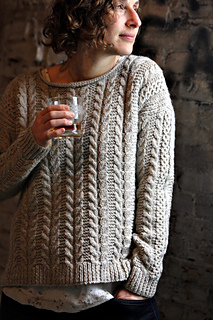
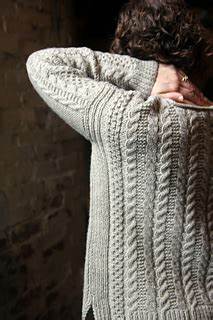
Suggested wools
Yarn: Bare Naked Wools Confection Worsted (100% wool; 210yds/192m per 4.06oz/115g skein). Sample shown in Nougat.
If substituting yarn, note that sweater features allover cables. I do not suggest a yarn with too much weight or drape that may stretch out over time. Another farm yarn would do nicely, as would a solid, a tweed or semisolid worsted weight yarn. Think subtle. A soft, round fiber will work best in the cables, as the texture is what really stands out here
Gauge: 20sts/28rows per 4”/10cm in stockinette.
Needles: US 6/4.0mm, US 7/4.5mm
Sizes:
35(39.5,44,48.5)(53,57.5,62)(67, 71.5)”
89(100.25,111.75,123.25)(134.5,146,157.5)(170.25,181.5)cm
Size based on finished circumference around sweater body. Sample is worn with 6”/15.25cm of positive ease. I recommend between 5-7”/12.75-17.75cm of positive ease, based on bust, for fit as shown. Sweater can also be worn more fitted.
Yardage:
1350(1450,1600,1750)(1900,2100,2300)(2400,2500) yards
1235(1325,1465,1600)(1740,1900,2110)(2195,2290) metres
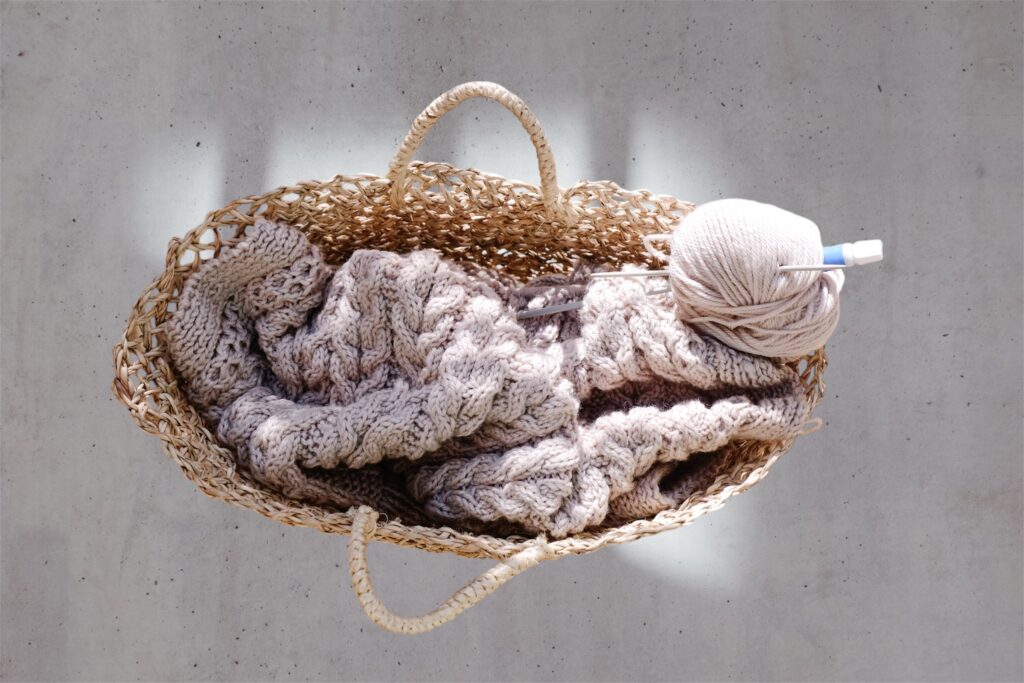
Knitting the Oban sweater by Baby Cocktails
Although I knitted a tension square to be sure that wool yarn I was using was correct, I had to begin the sweater three times! The sizing came too small and I would have end up with a jumper with very little ease.
To create the size and relaxed fit that I desired, I had to go up two of the recommended sizes.
I must admit that I always struggle with a new pattern and it takes me a while to get into the flow. It was the same with this pattern, but by my third attempt with sizing, it felt like an old familiar friend!
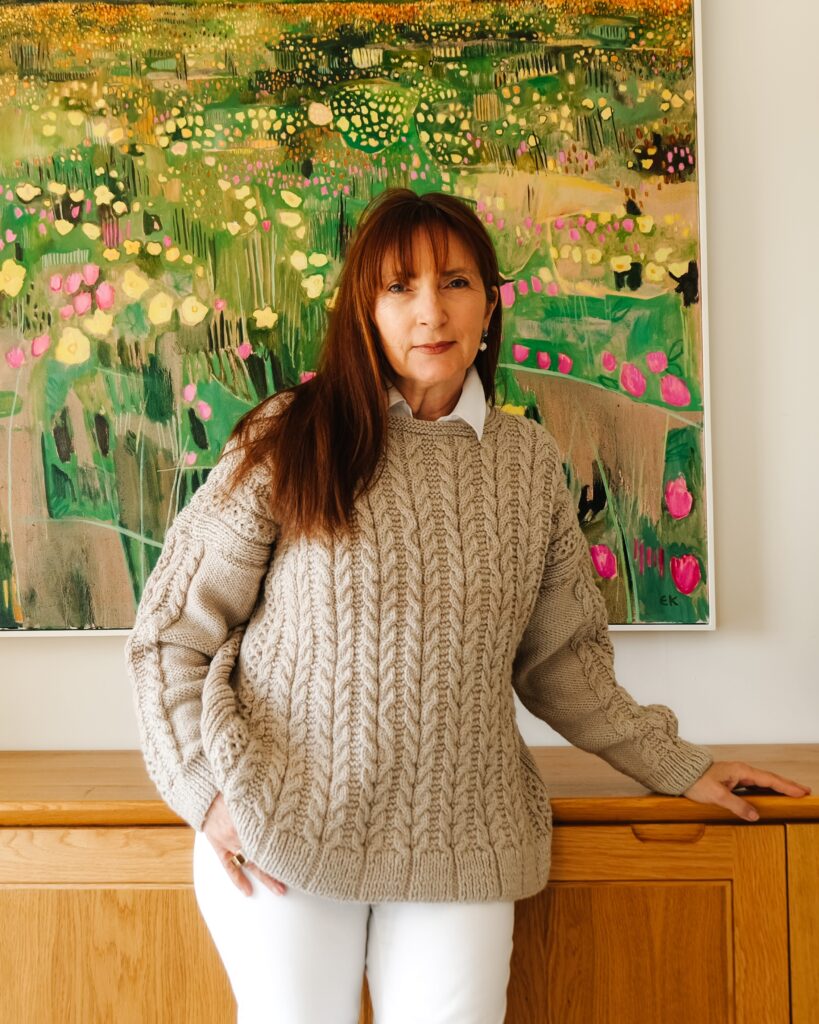

The pattern consists of a six-row repeat throughout the main body, along with a four-row repeat border on each side. Once you have mastered these two simple pattern repeats then this sweater is fun and easy to knit.
I chose to knit the front with my new unused wool to ensure a better finish. However, the re-cycled wool was steamed, so there was no difference between the remaining sections.
The sweater is knitted in four sections (front, back, and two sleeves), along with a neckband, and then sewn together. The pieces were joined using a mattress stitch, resulting in a flat and almost seamless join.
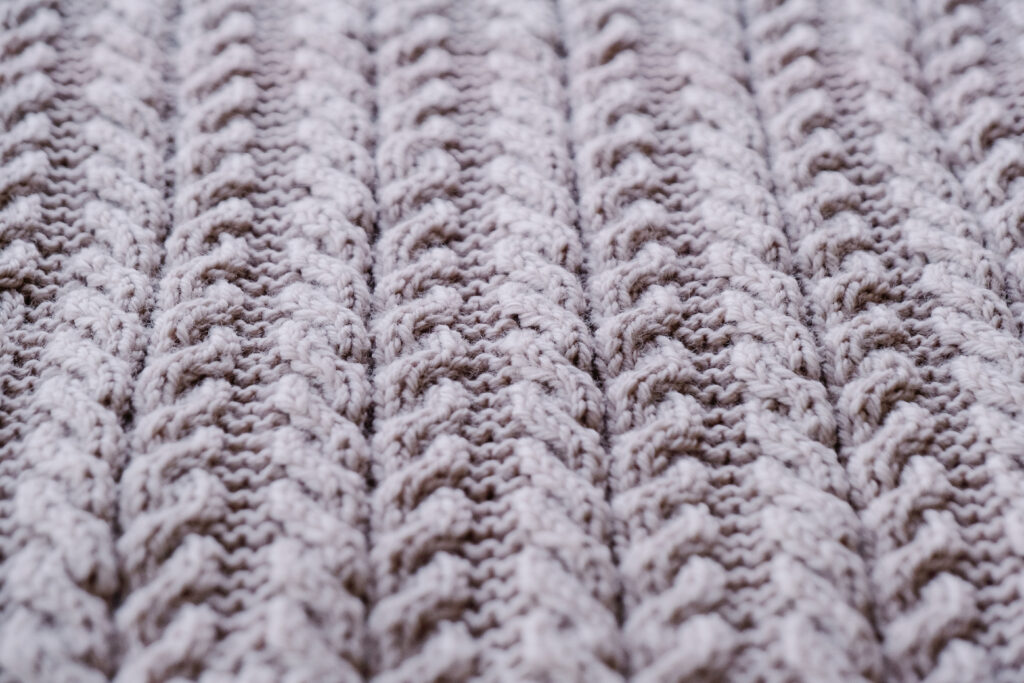
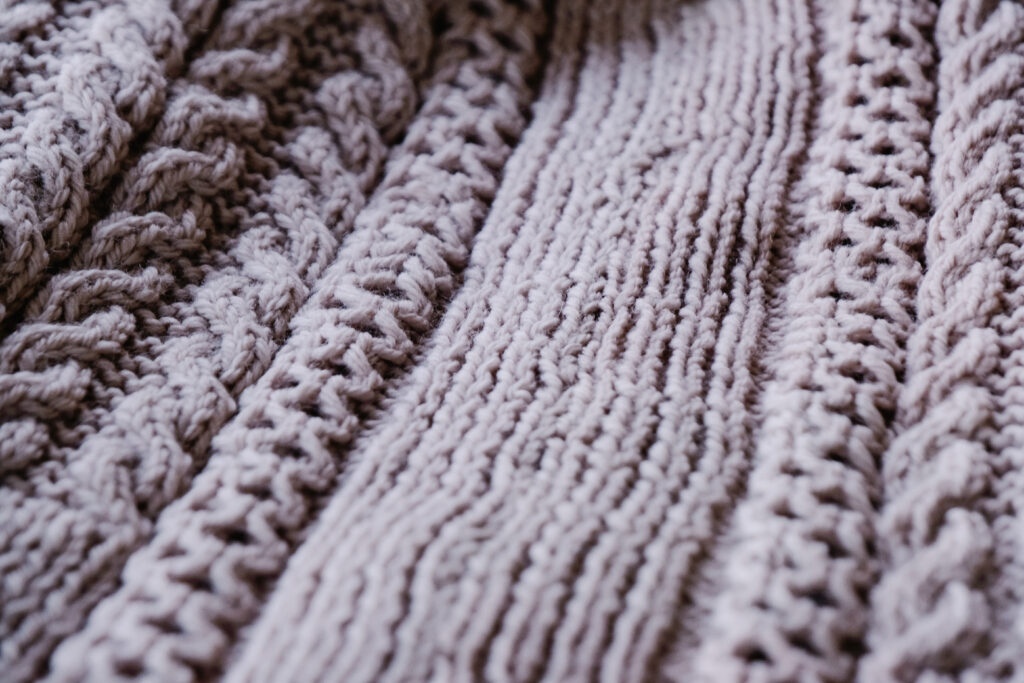
Alterations and tips
I opted to knit the smallest size for the depth despite going up two sizes for the finished width of the sweater. There were two reasons why I did this.
A. I am just 5 feet 1 inch in height.
B. I was also concerned about having enough re-cycled wool to complete the project having increased the width. At the end of the project, I only had a few scraps of wool left, so this proved to be a good decision.
For similar reasons, I shortened the length of the sleeves again.
A. Increasing the width of the sweater meant that the sleeves did not need to be as long.
B. To ensure that I had enough wool for the sleeves, I knitted two at the same time once they were over 30 cm long.
C. I also find that I always have to take off 4-10 cm from the length of sleeves with anything that I make. In the end, while sewing the sweater, I noticed that the sleeves were still too long and needed to shorten them further.
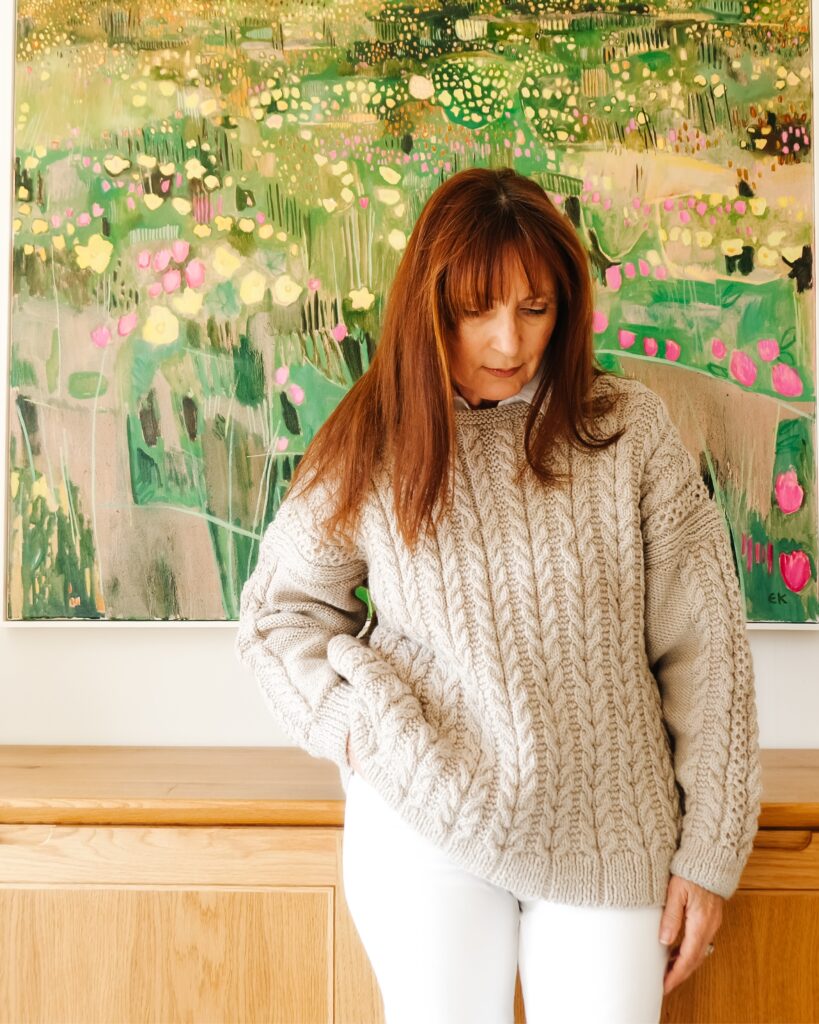
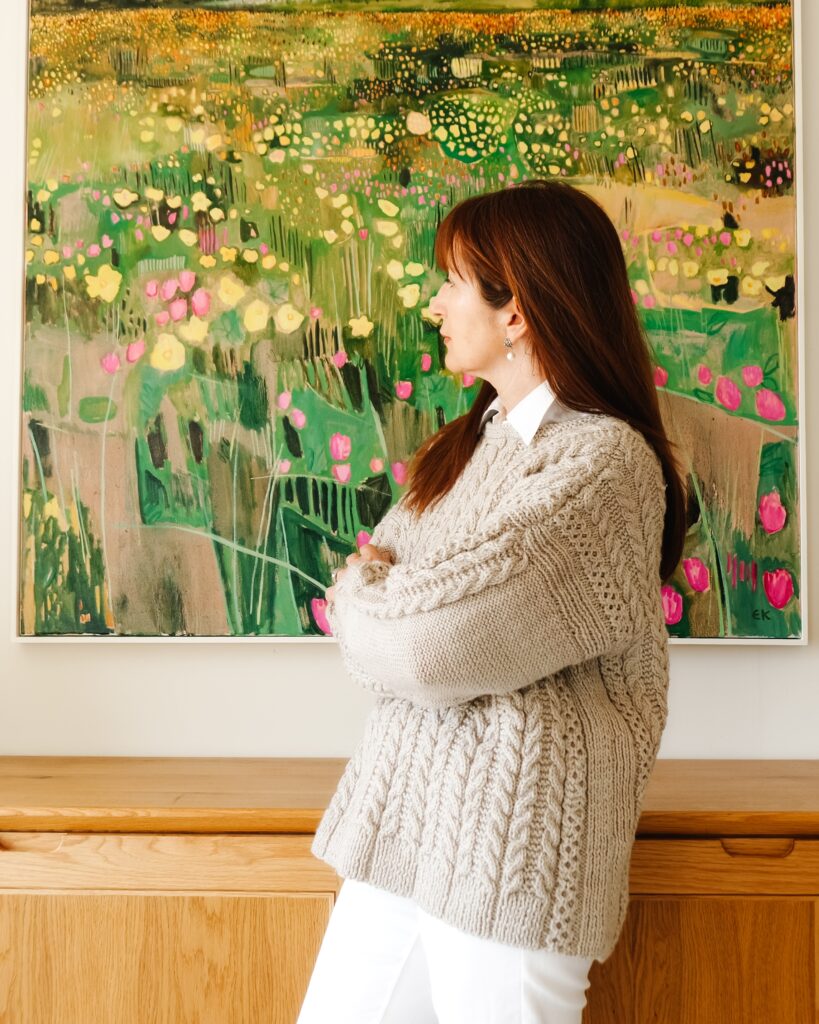
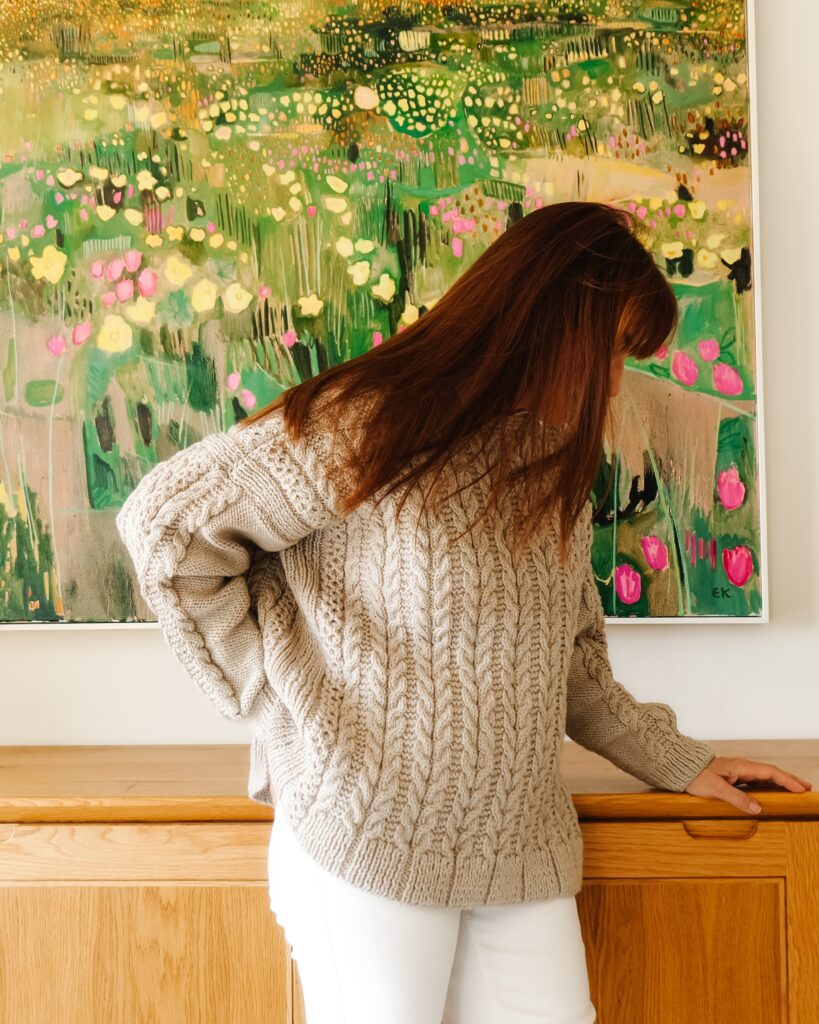
After making the sweater, I discovered that the neckline was too big for me. This may well be because I made the sweater two sizes larger to obtain a relaxed fit.
I unpicked the sweater and unraveled both front and back necklines to the point of shaping the shoulders. I finished both necklines once again, using the instructions for two sizes down. I am sure that I will make this sweater again, it is such a great sweater. However, I would consider making the neckline even smaller, and maybe even adding a roll neckline.
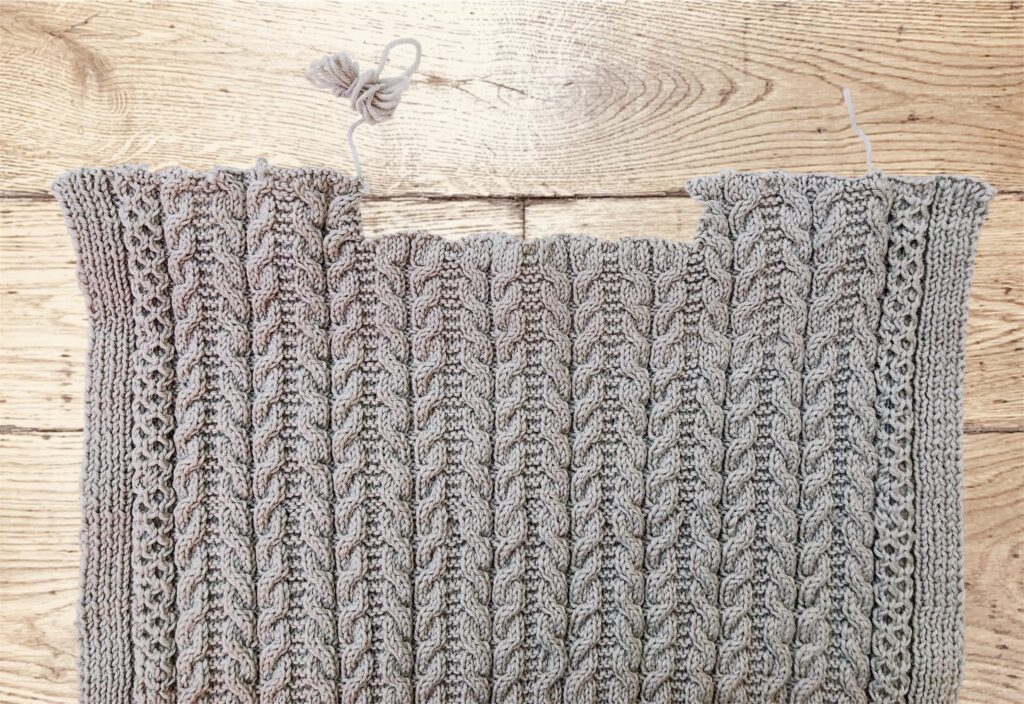
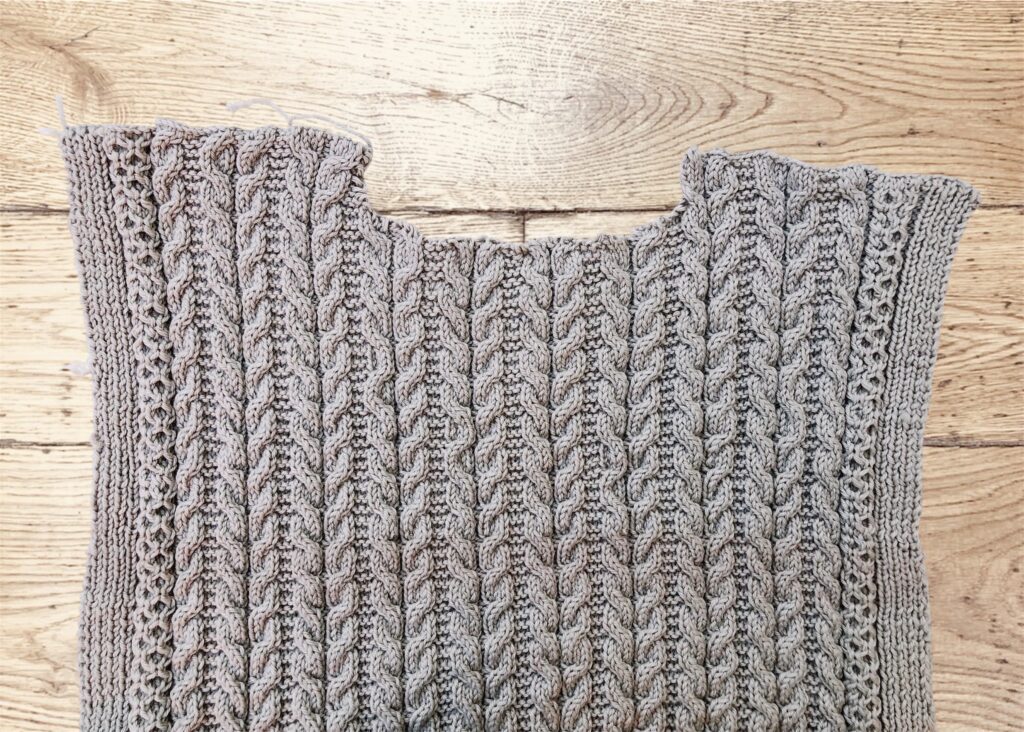
Conclusion
This is quite a heavy sweater to wear. However it is a super cosy to wear and the ease makes it perfect for layering.
It is an easy and enjoyable knit, once you are familiar with the pattern. I love this sweater and the bonus is that I know that I will be wearing it often. A big thumbs up for recycling our sweaters and wool!
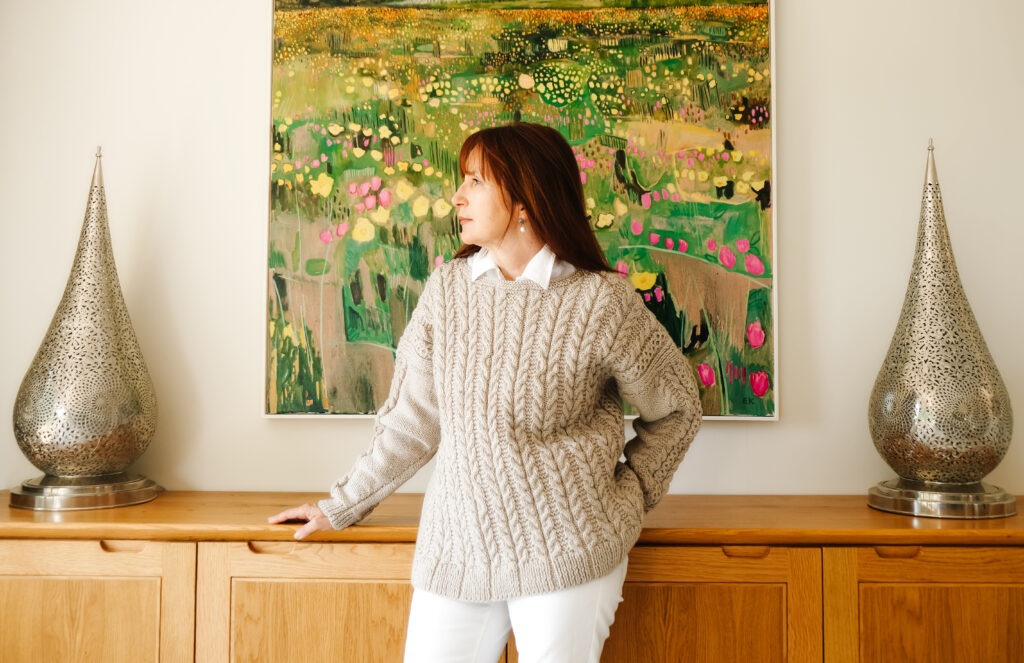
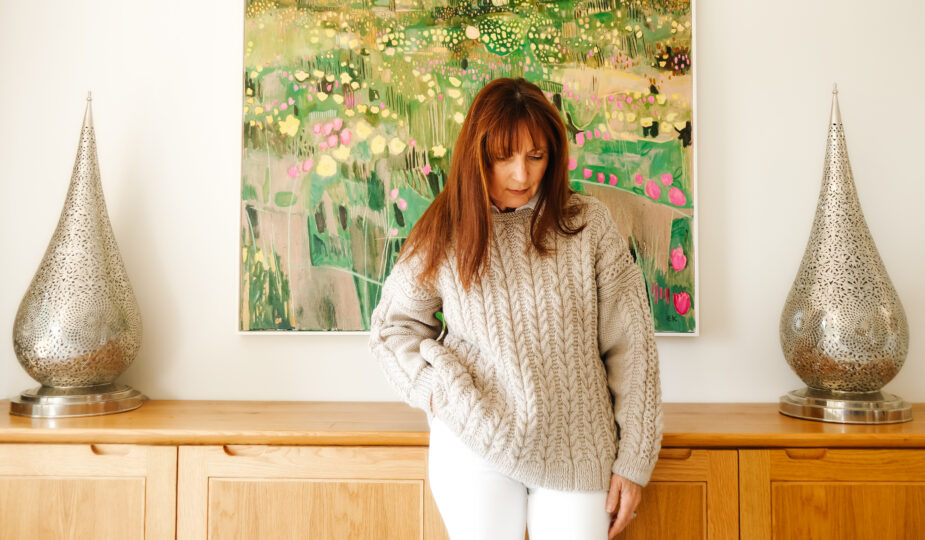
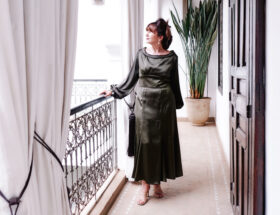

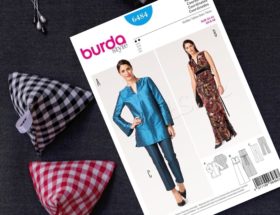

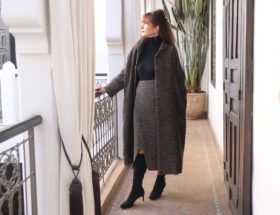
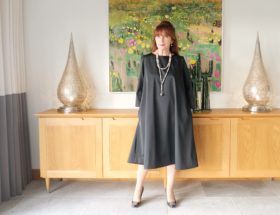
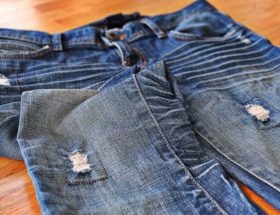
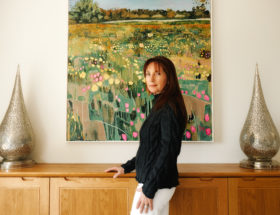
Leave a Reply